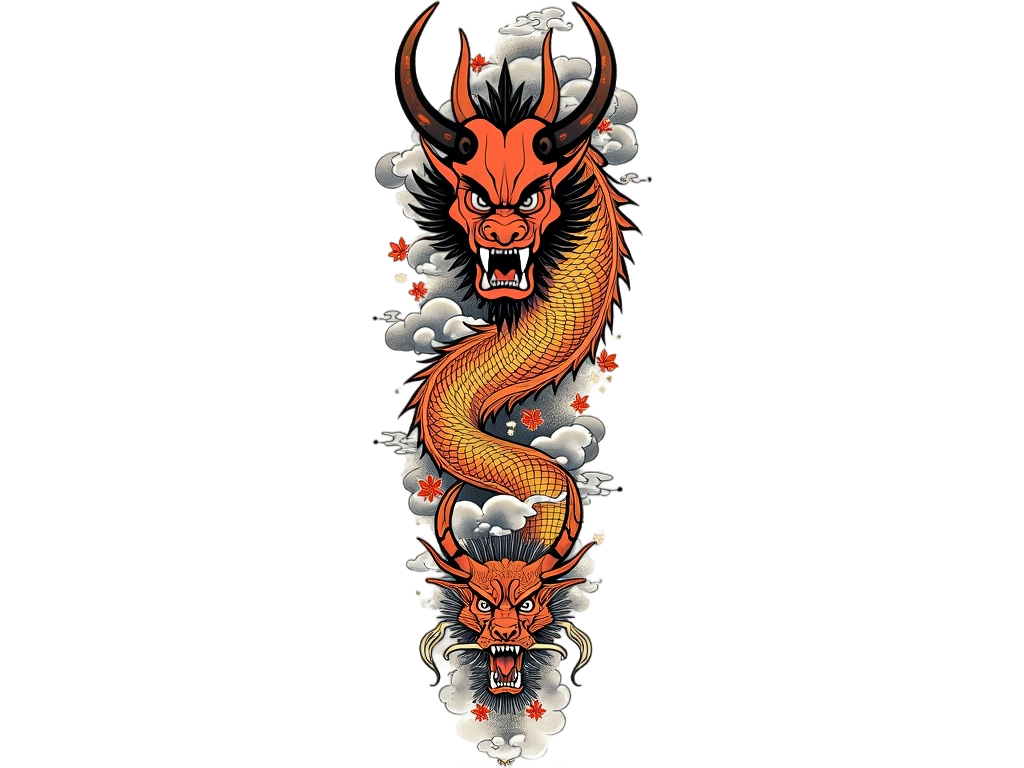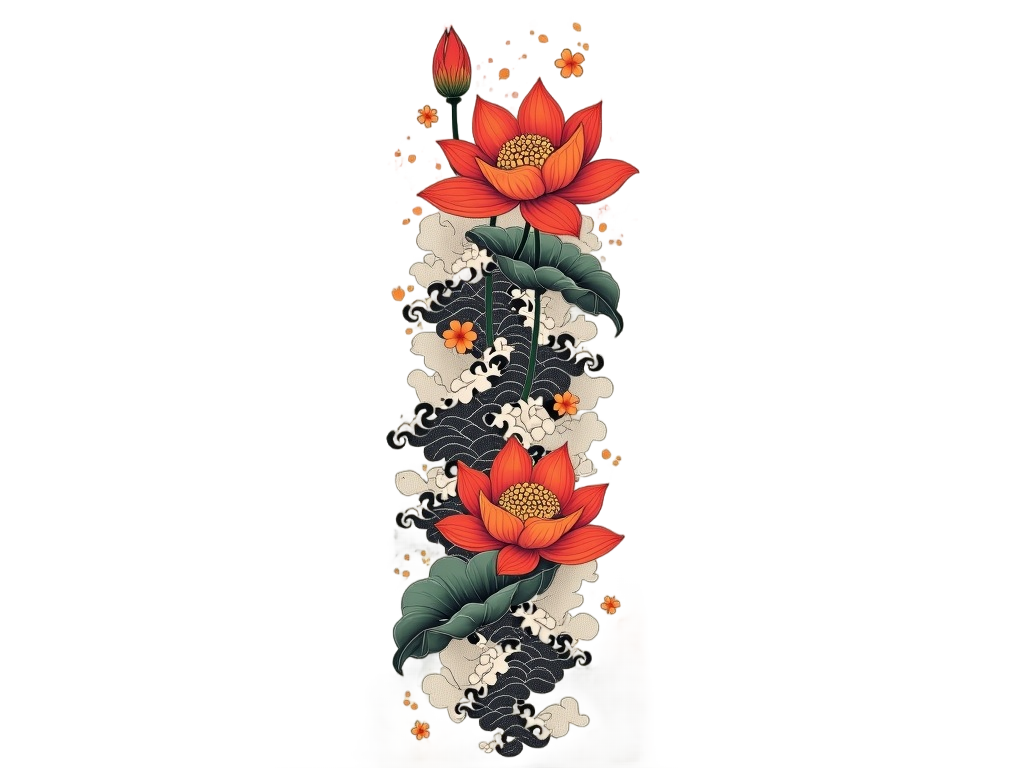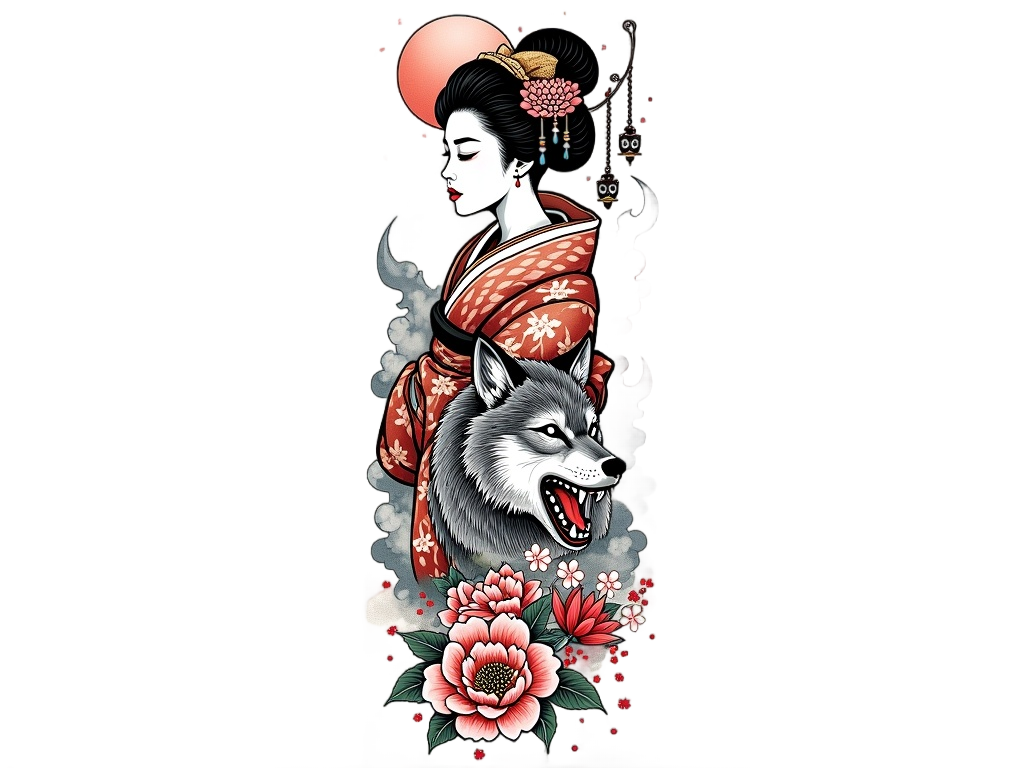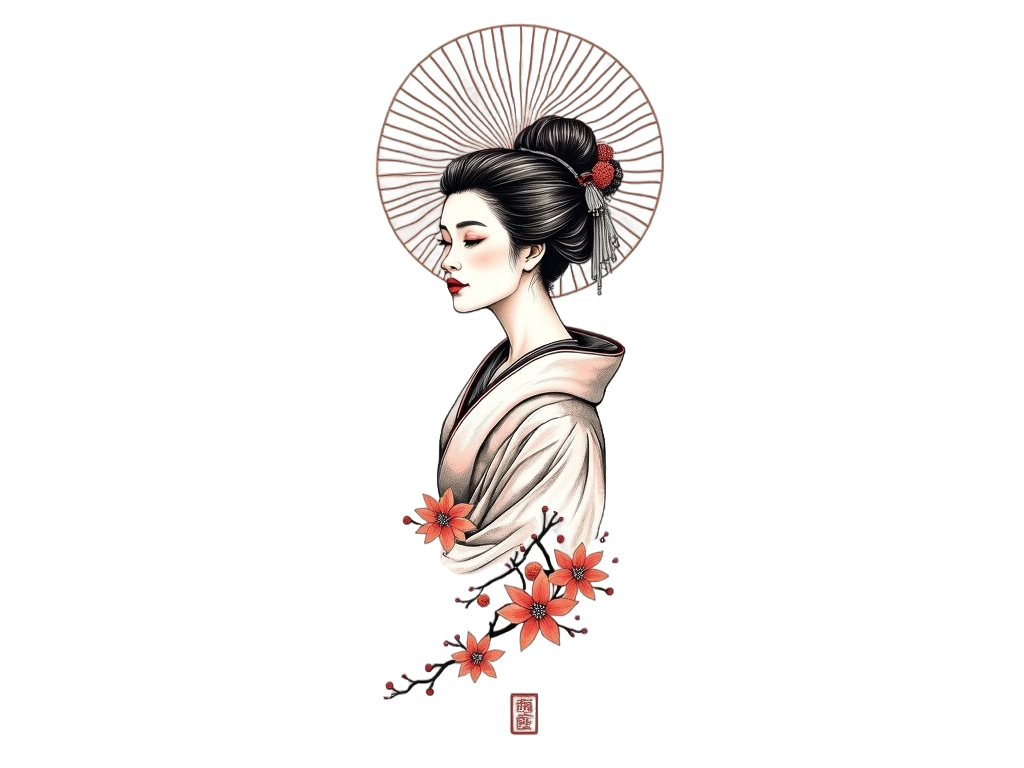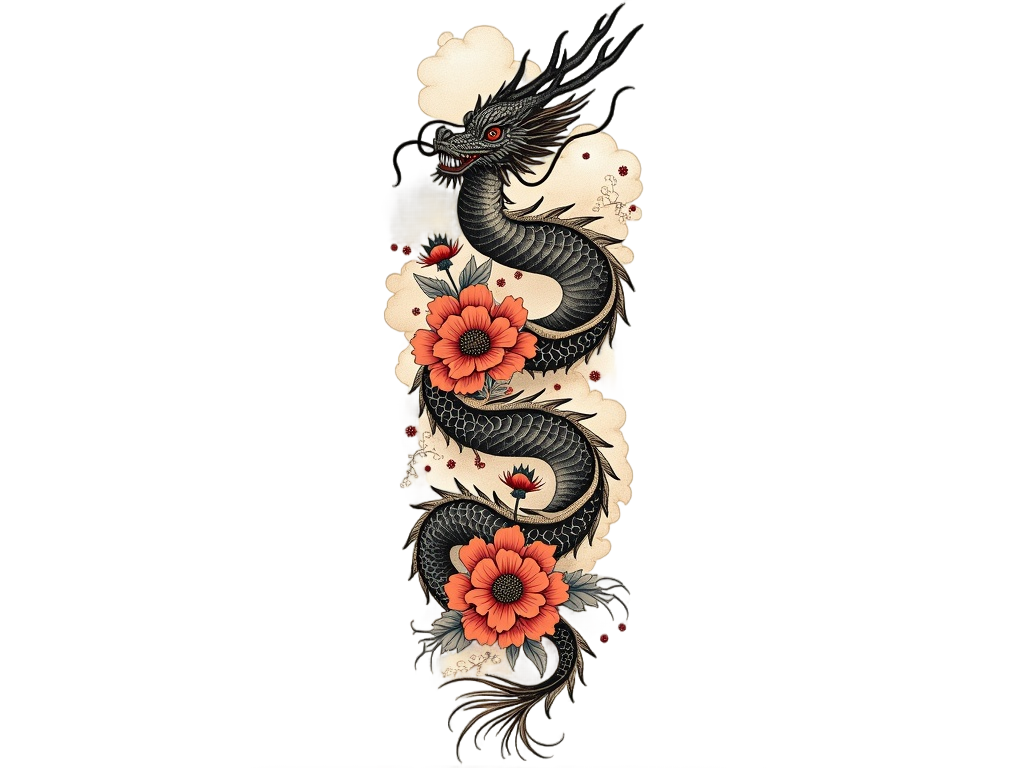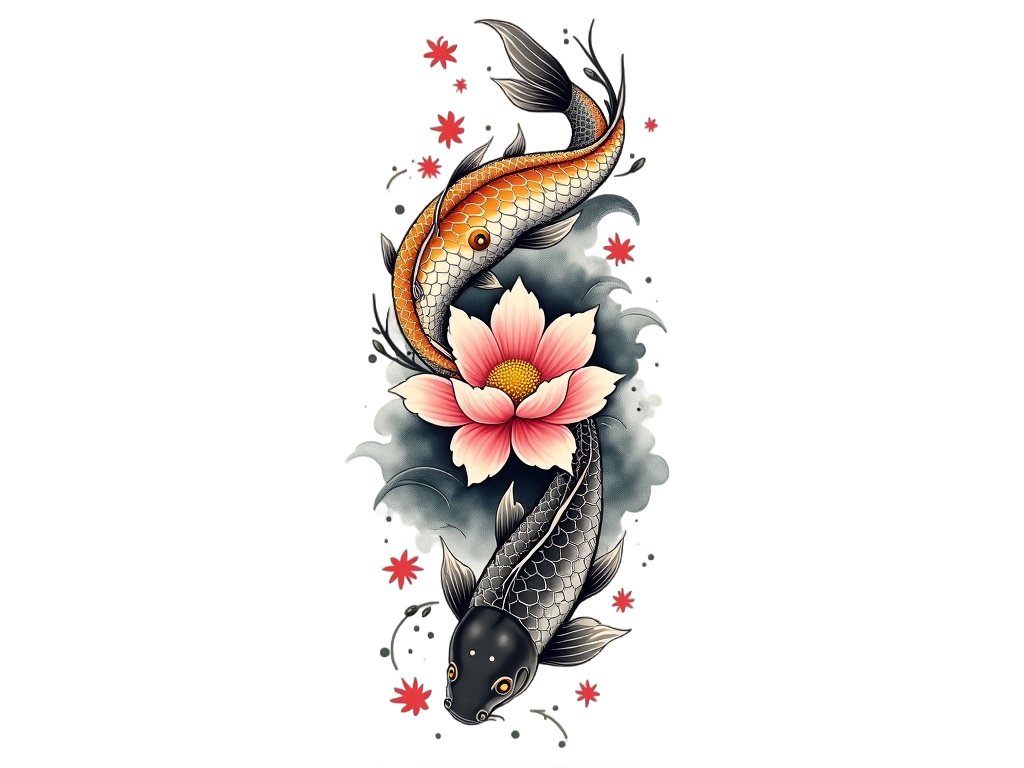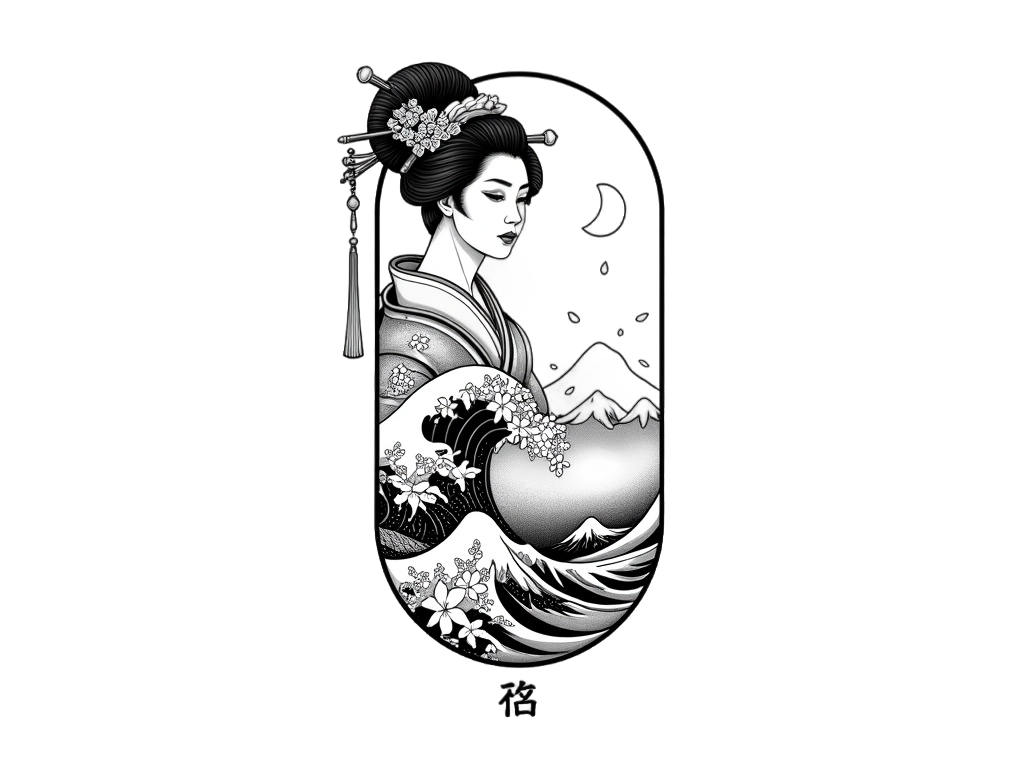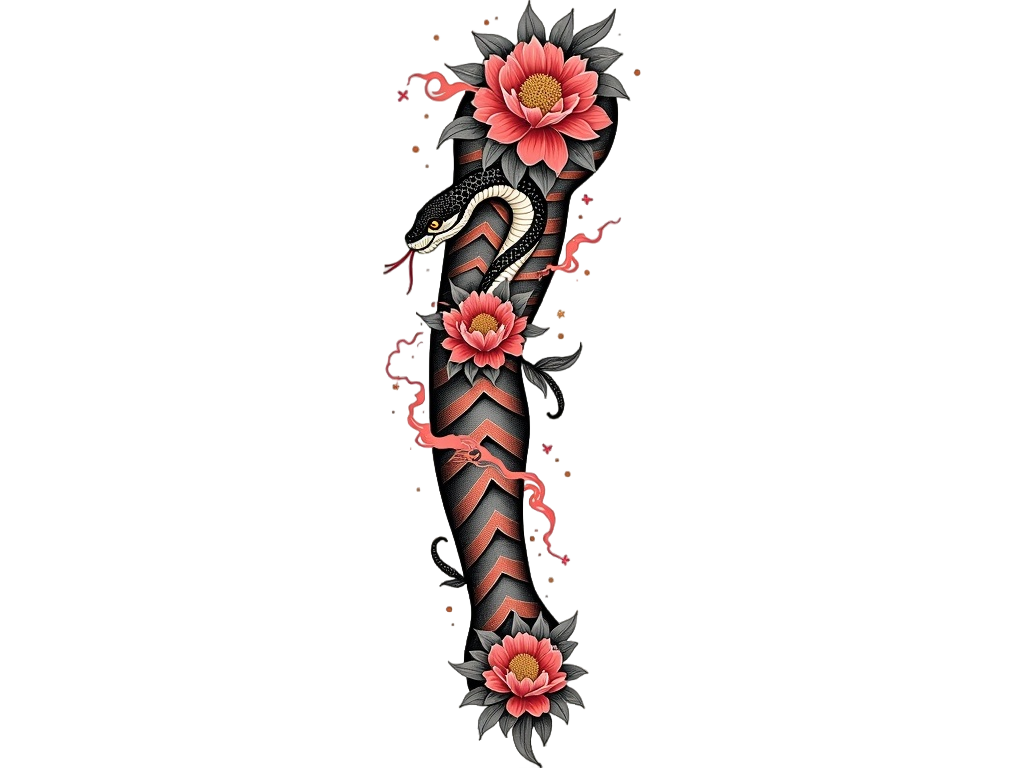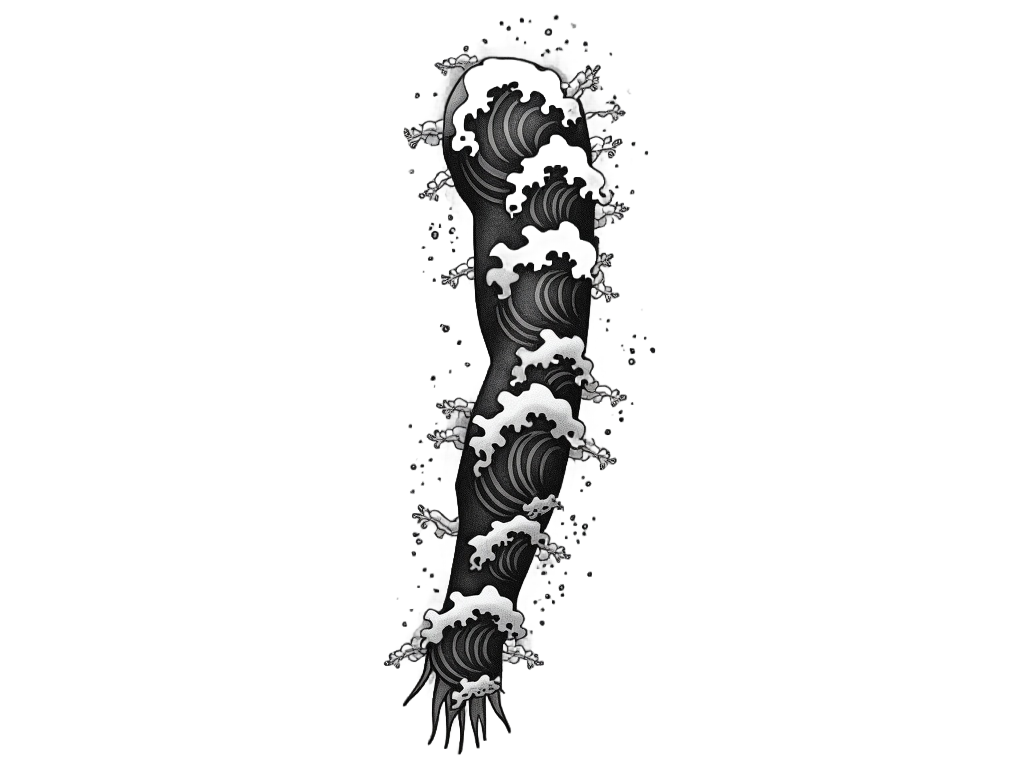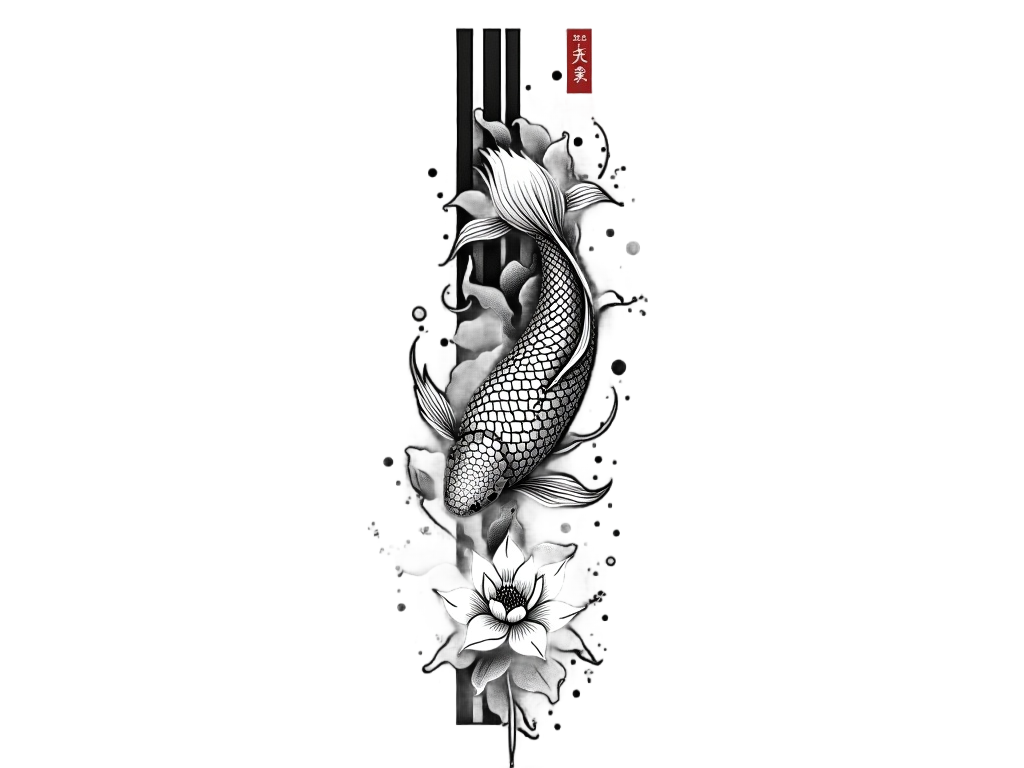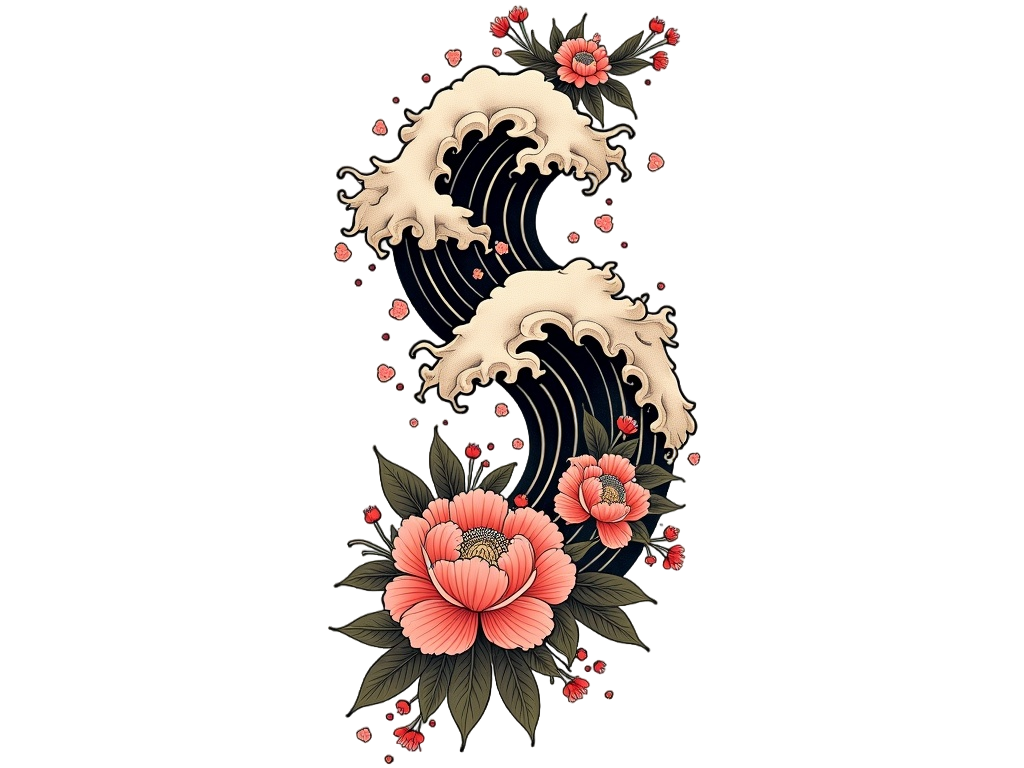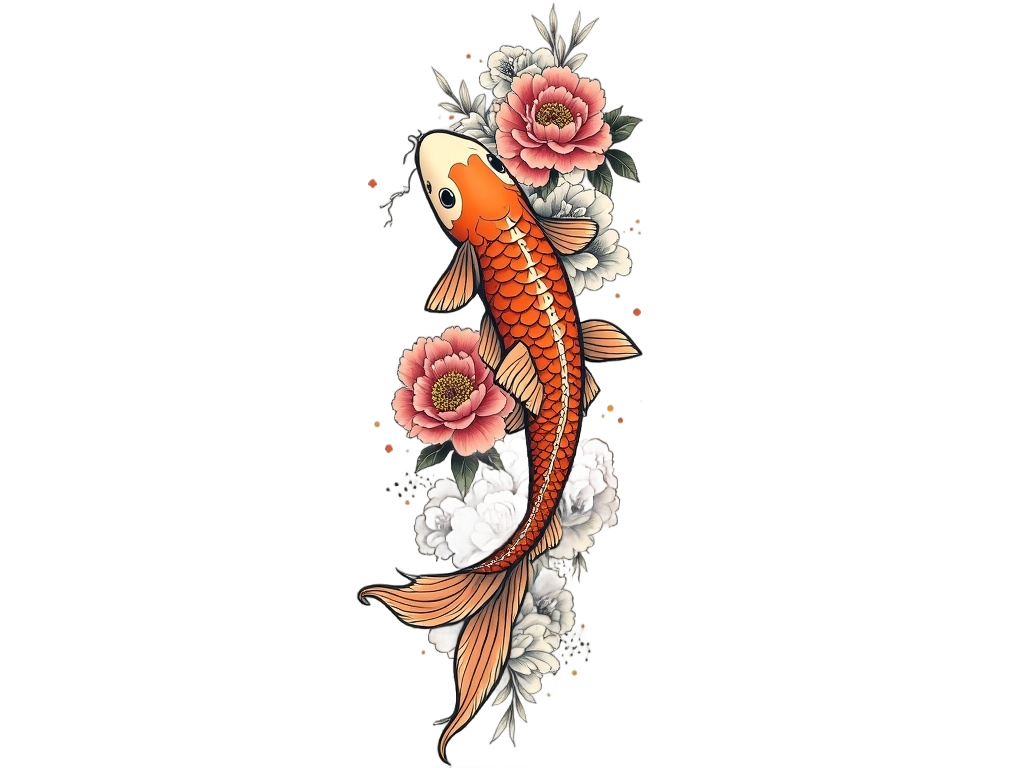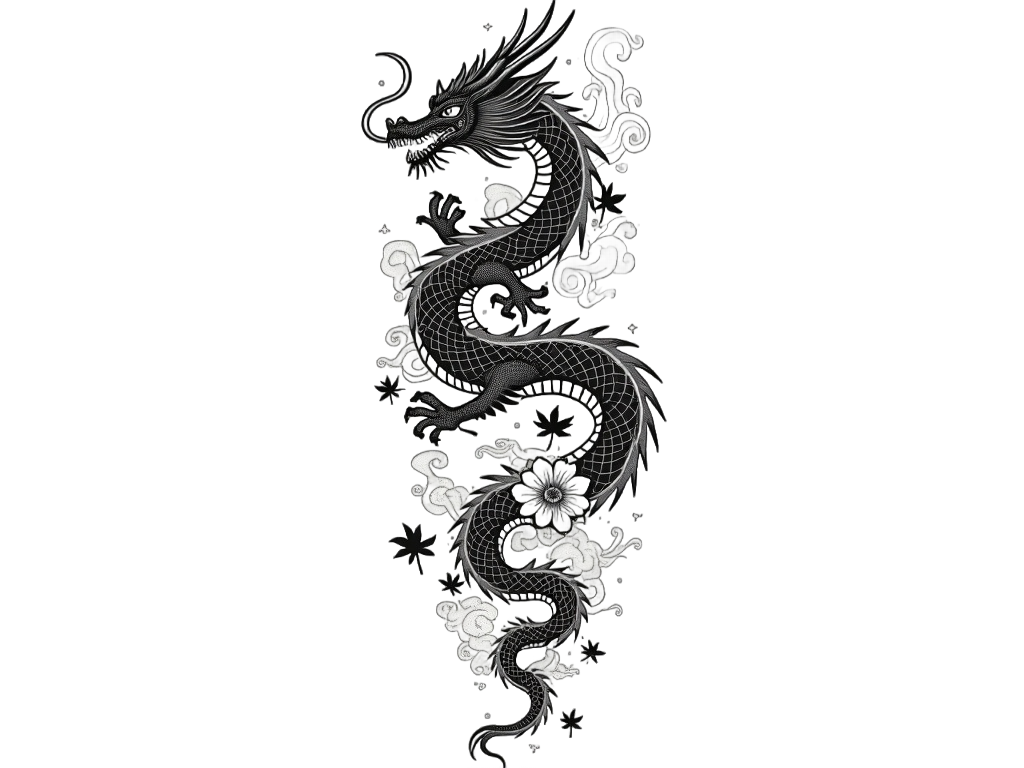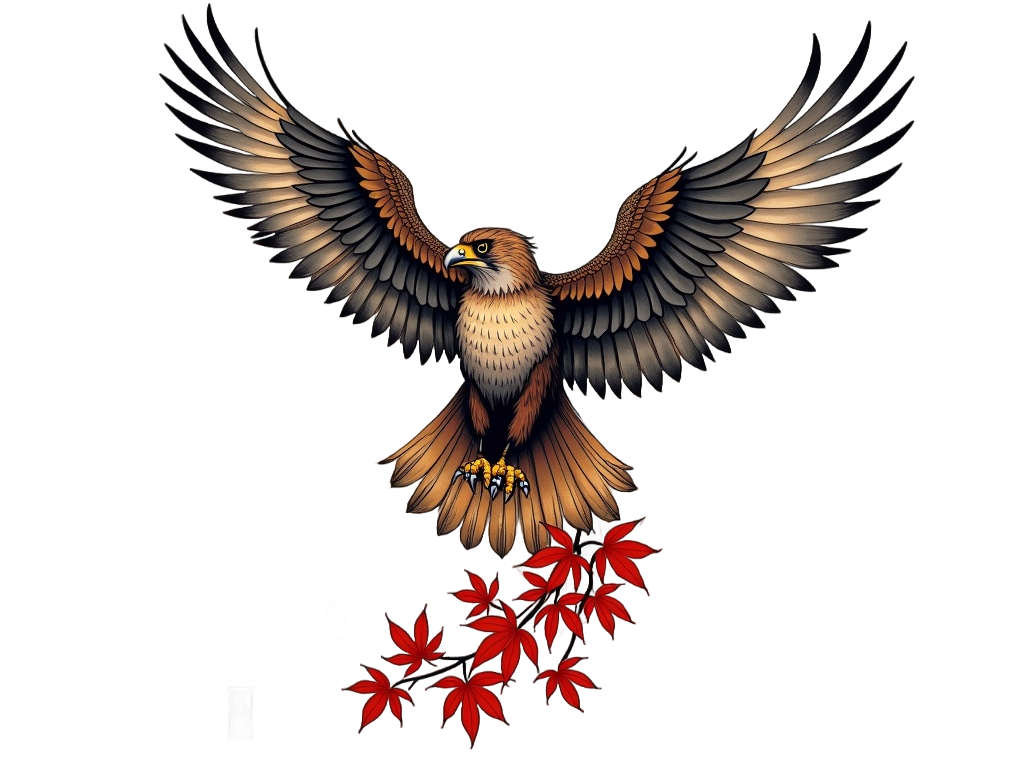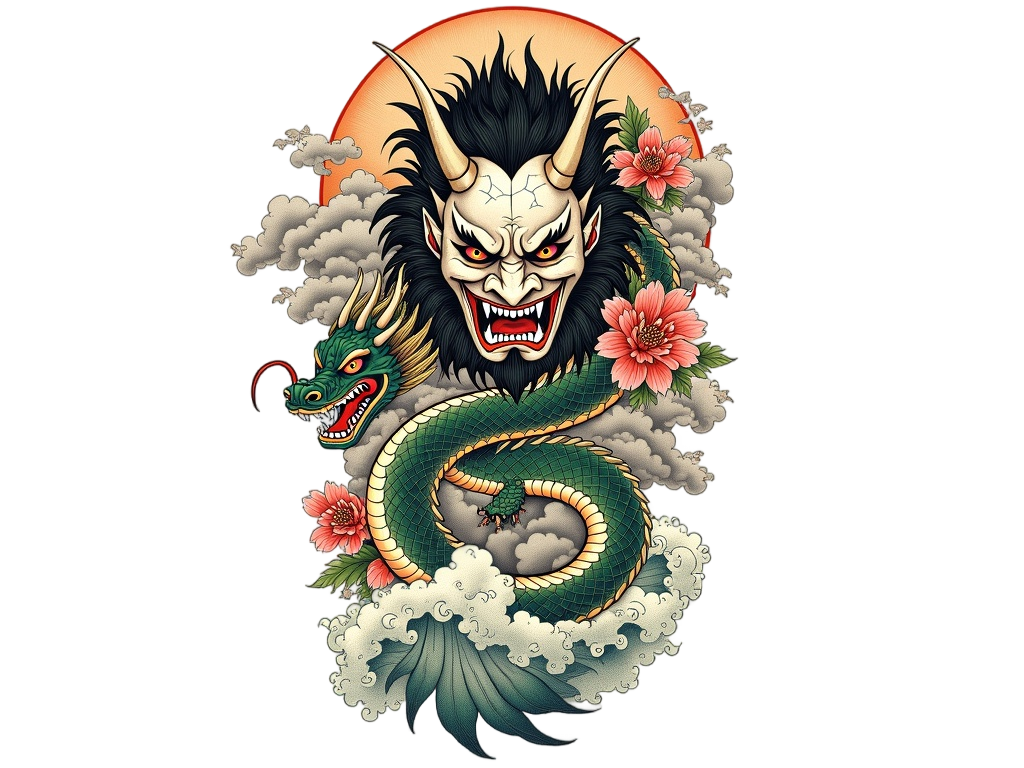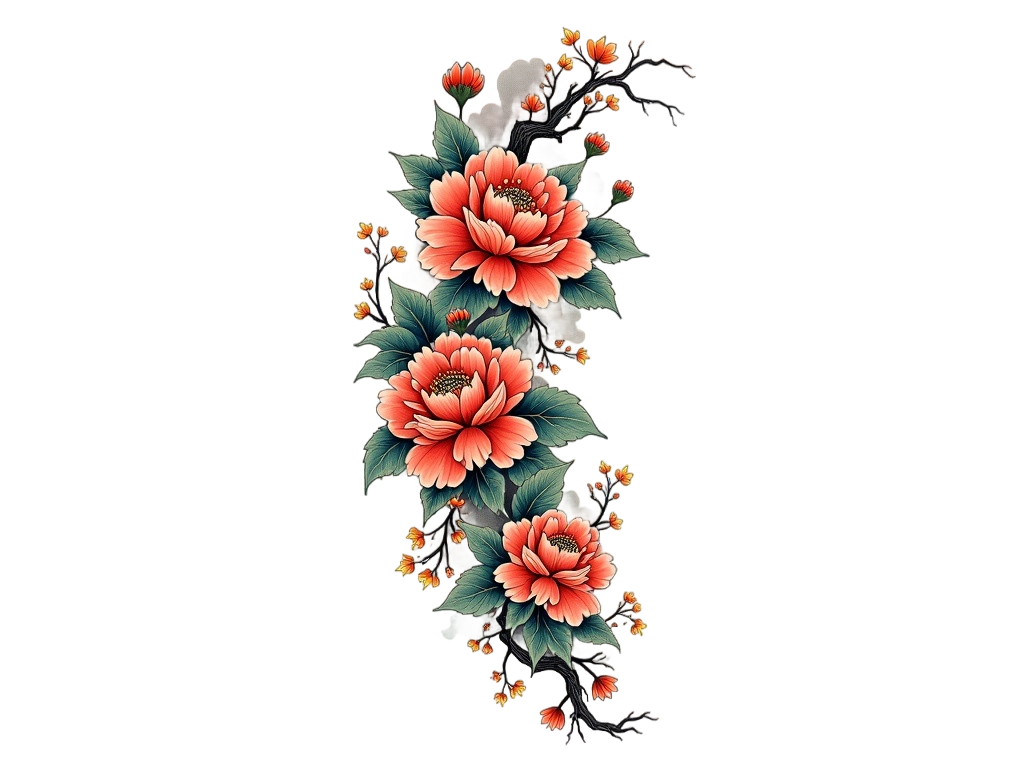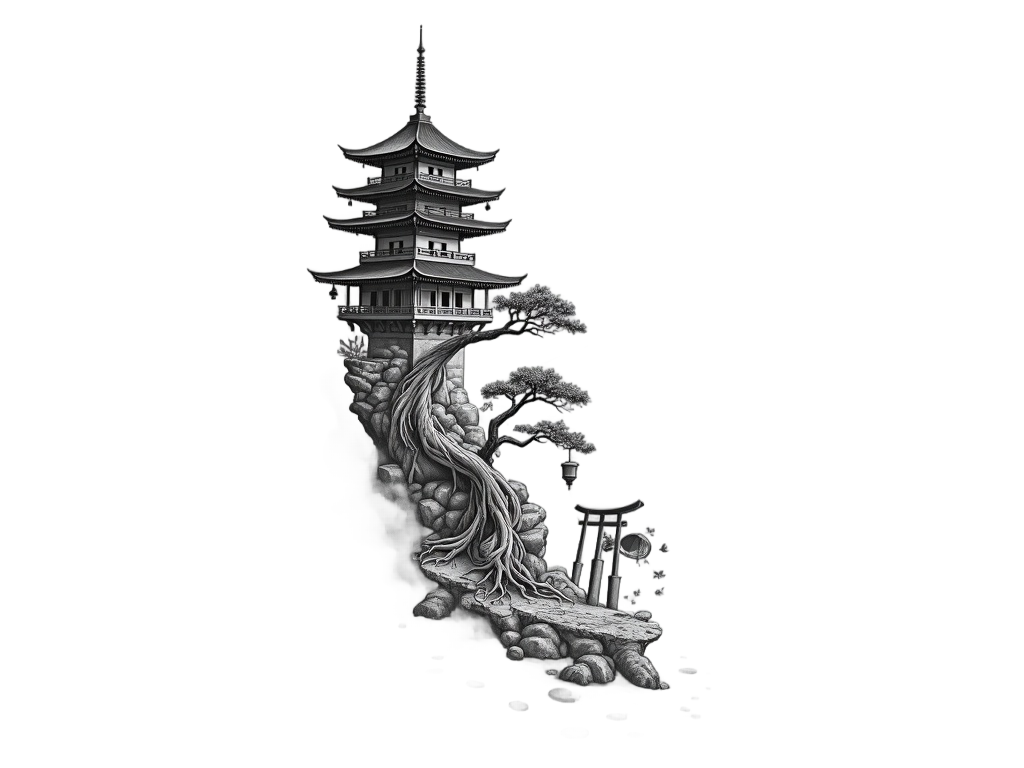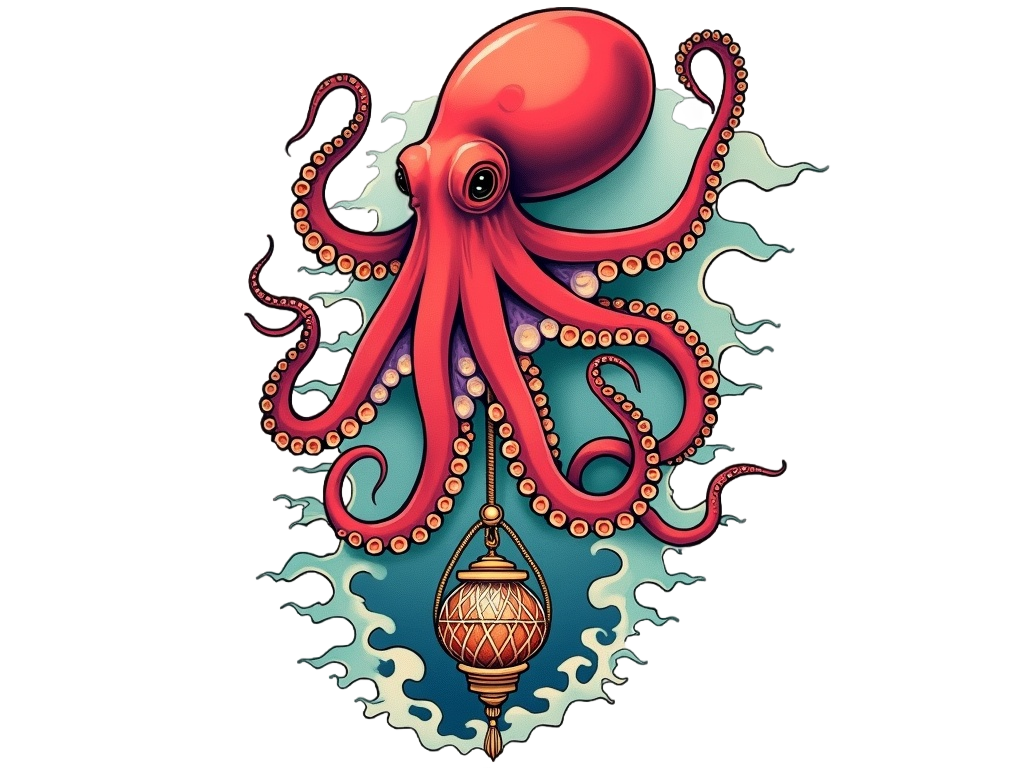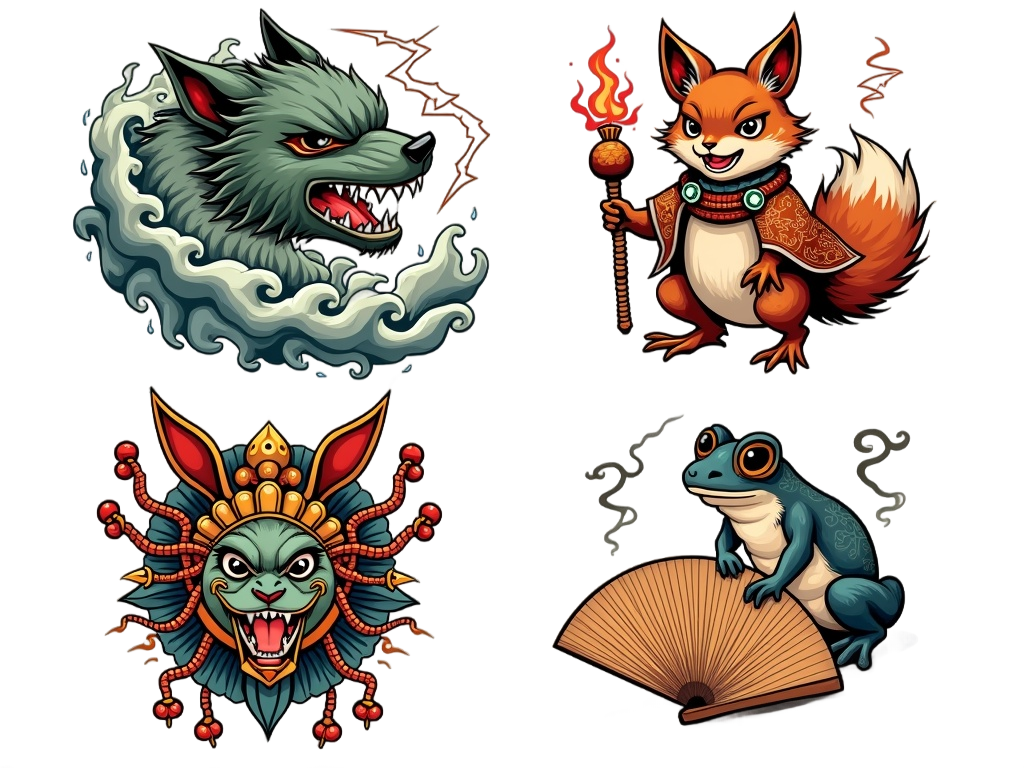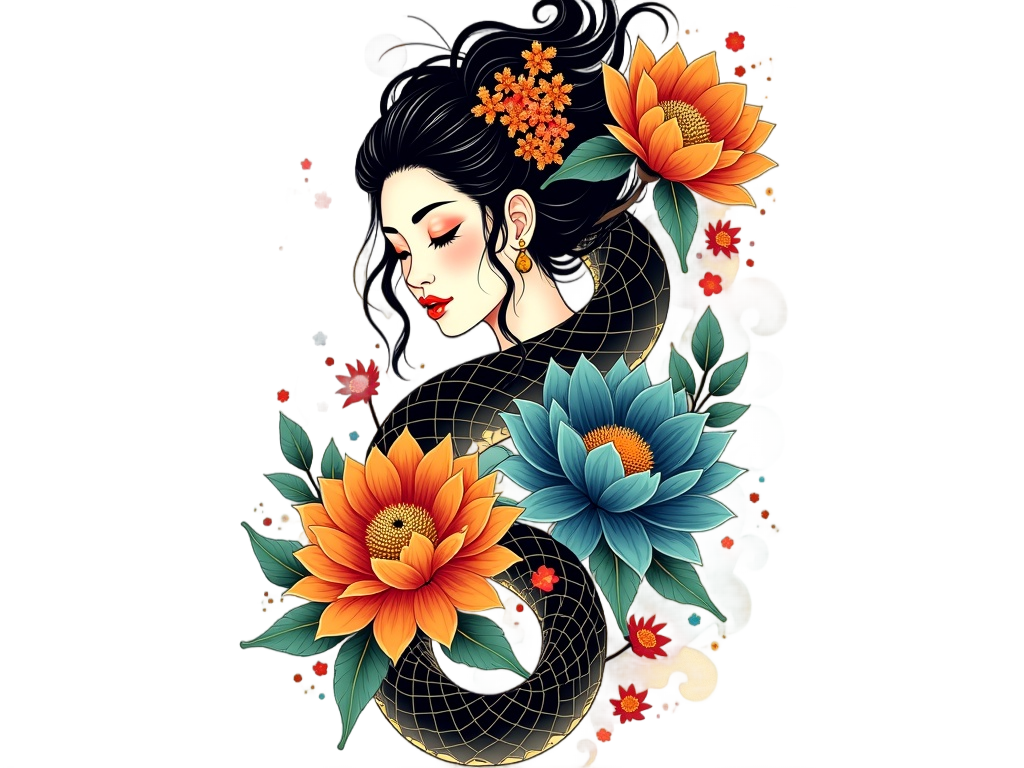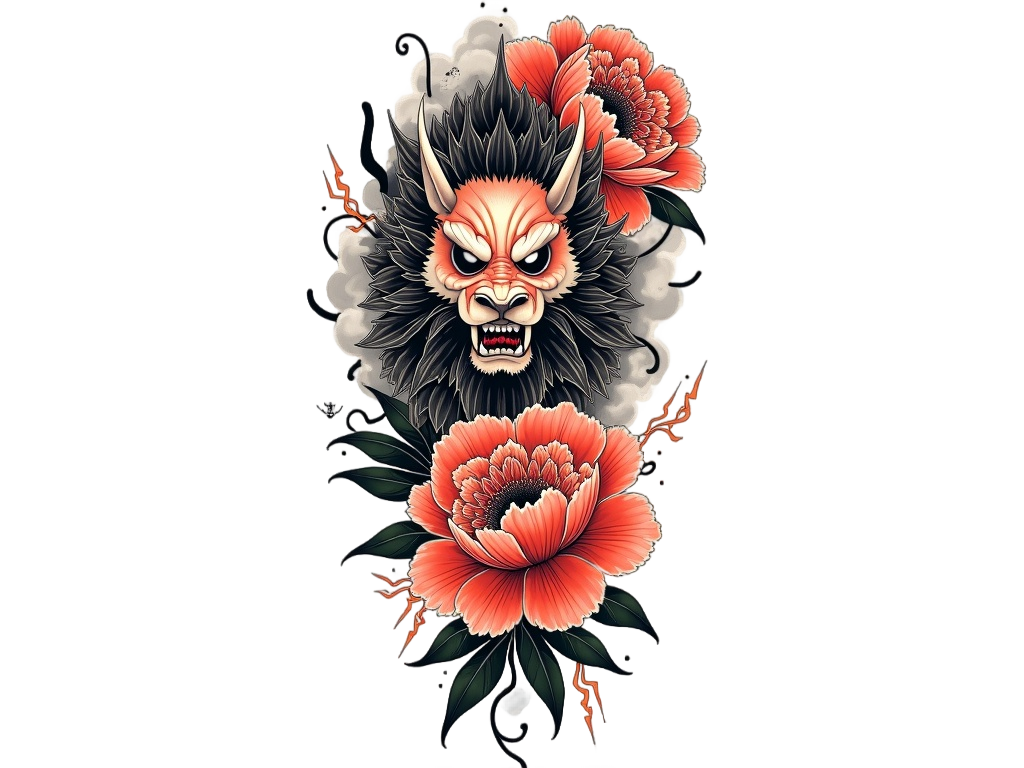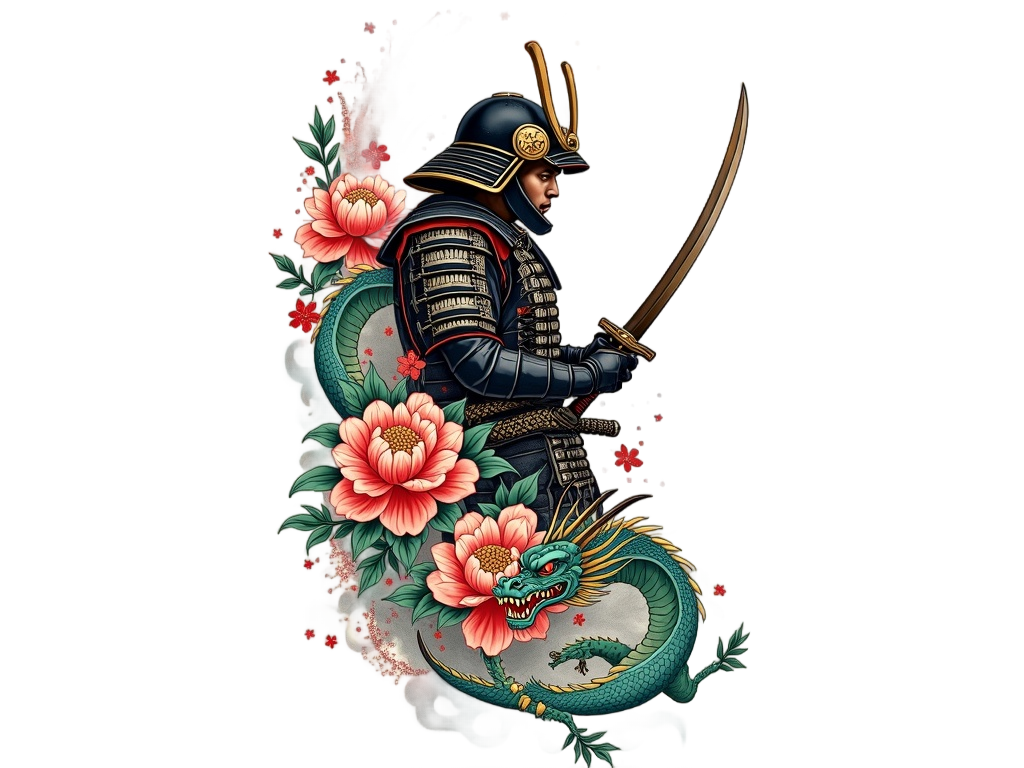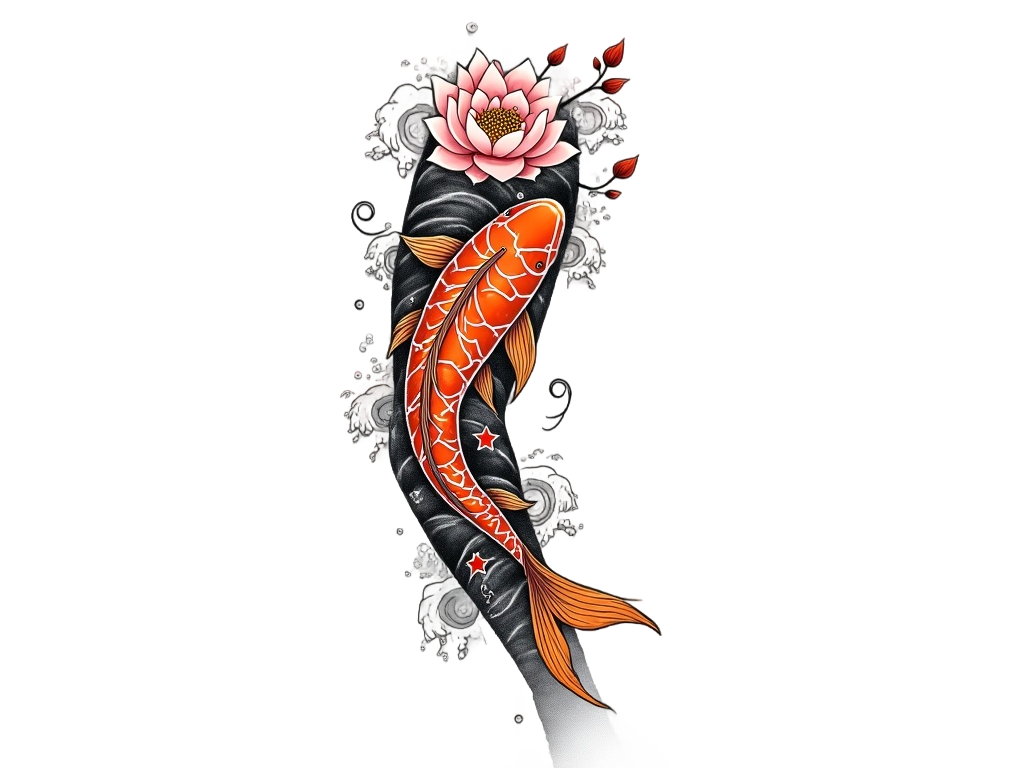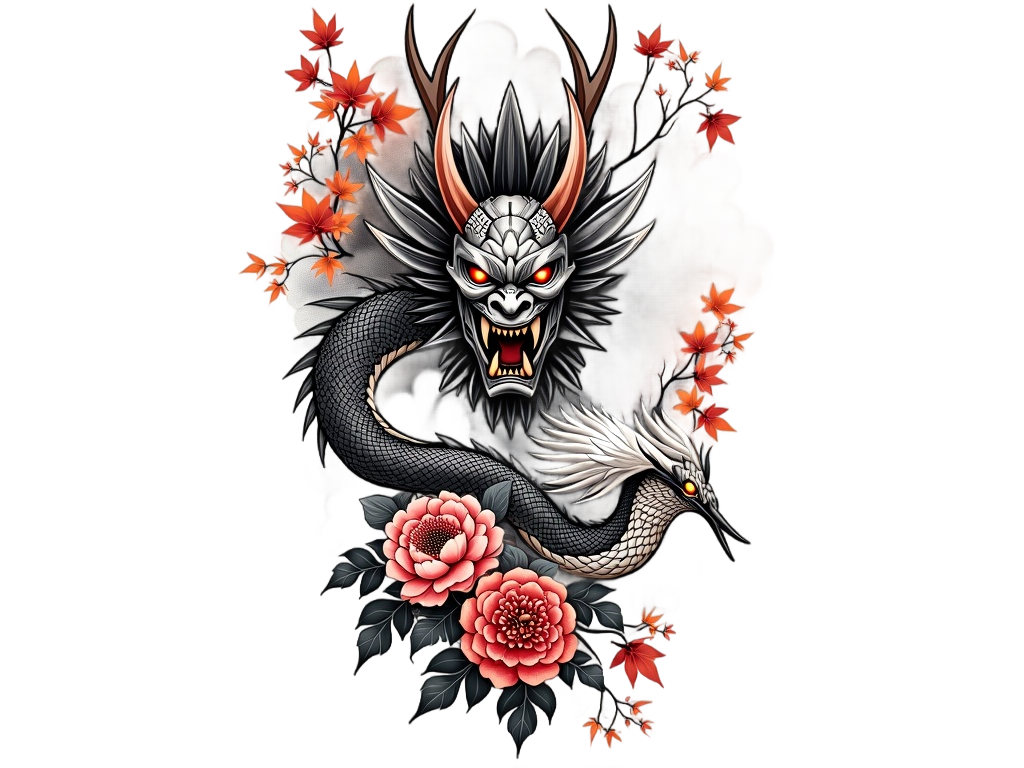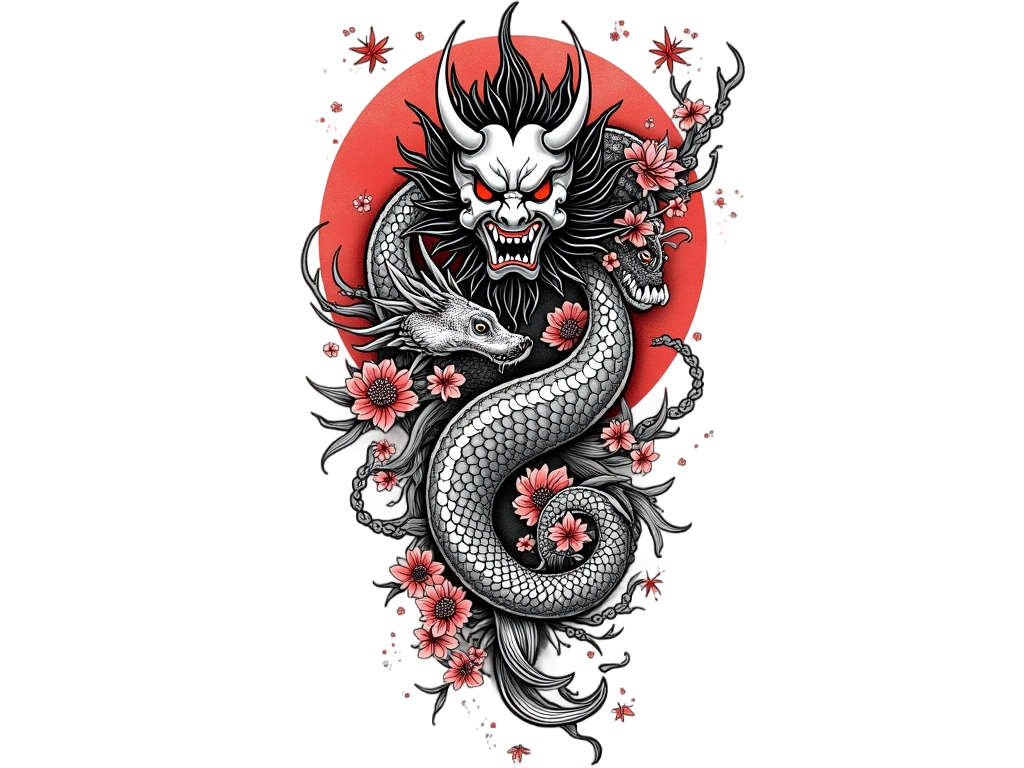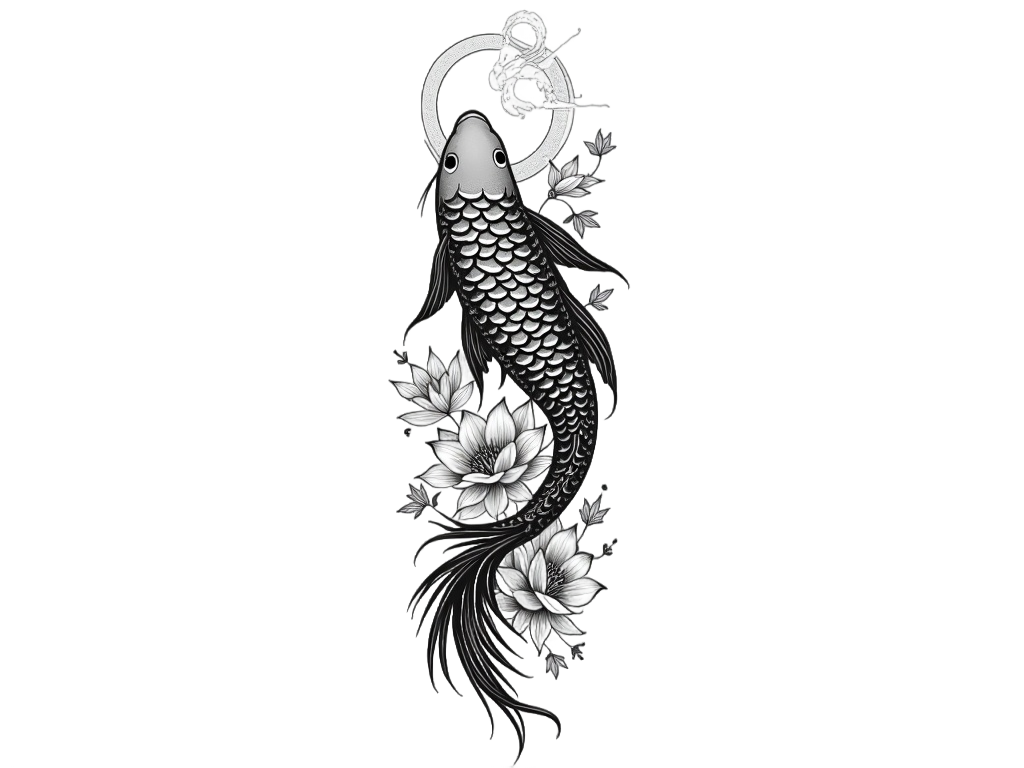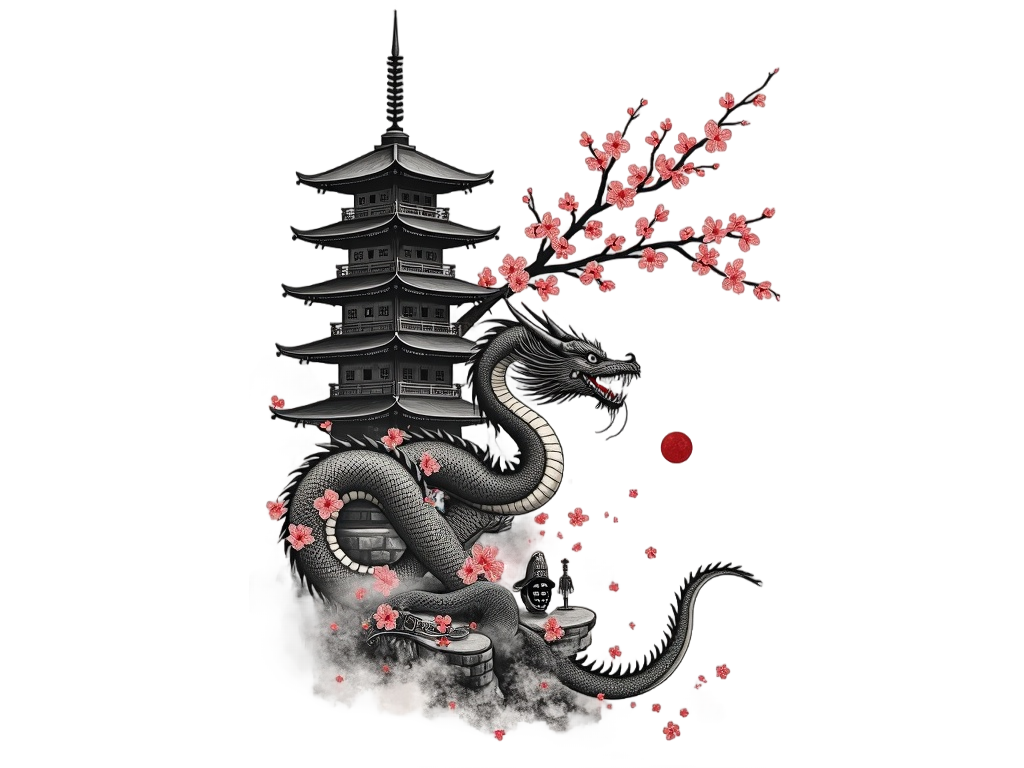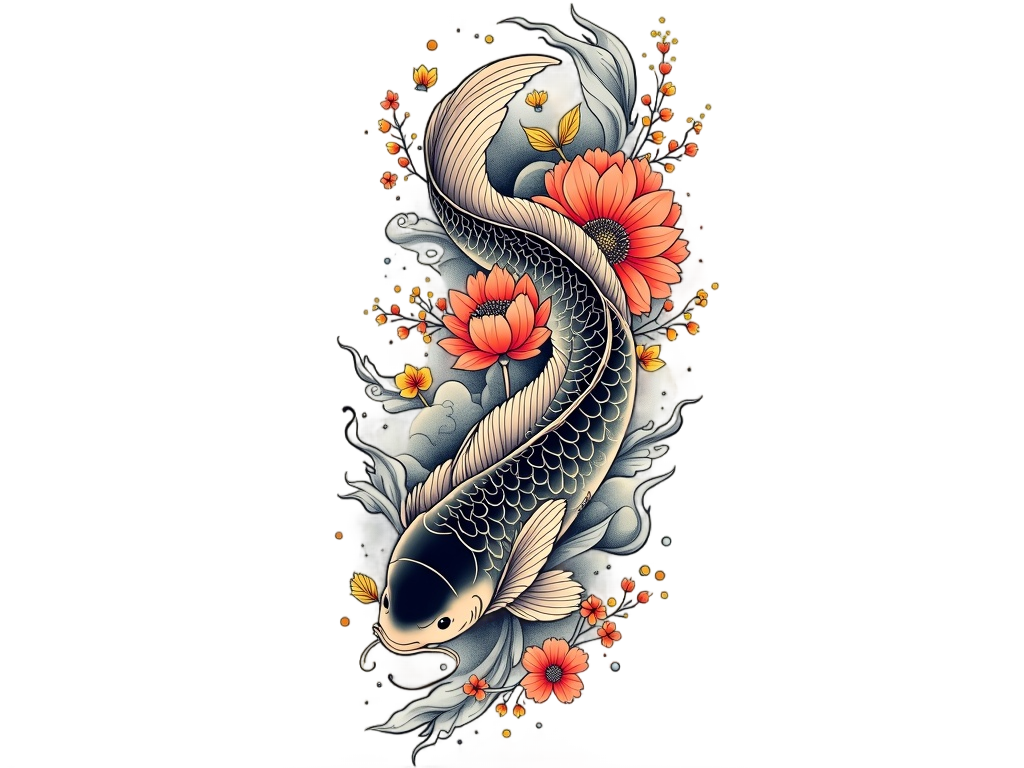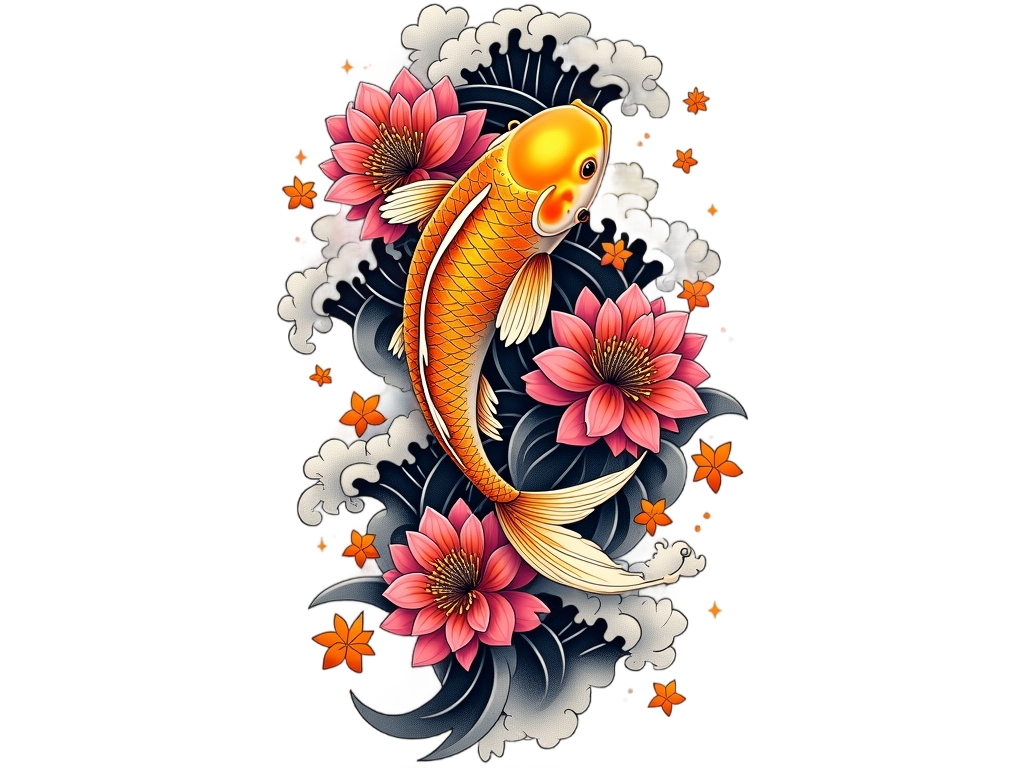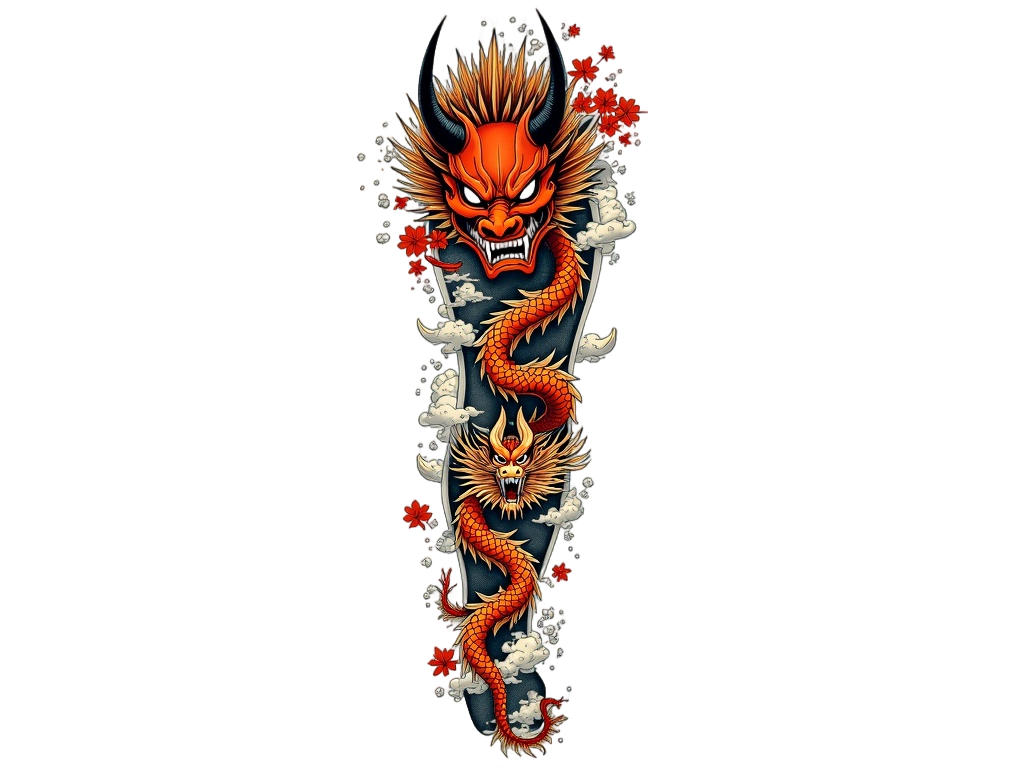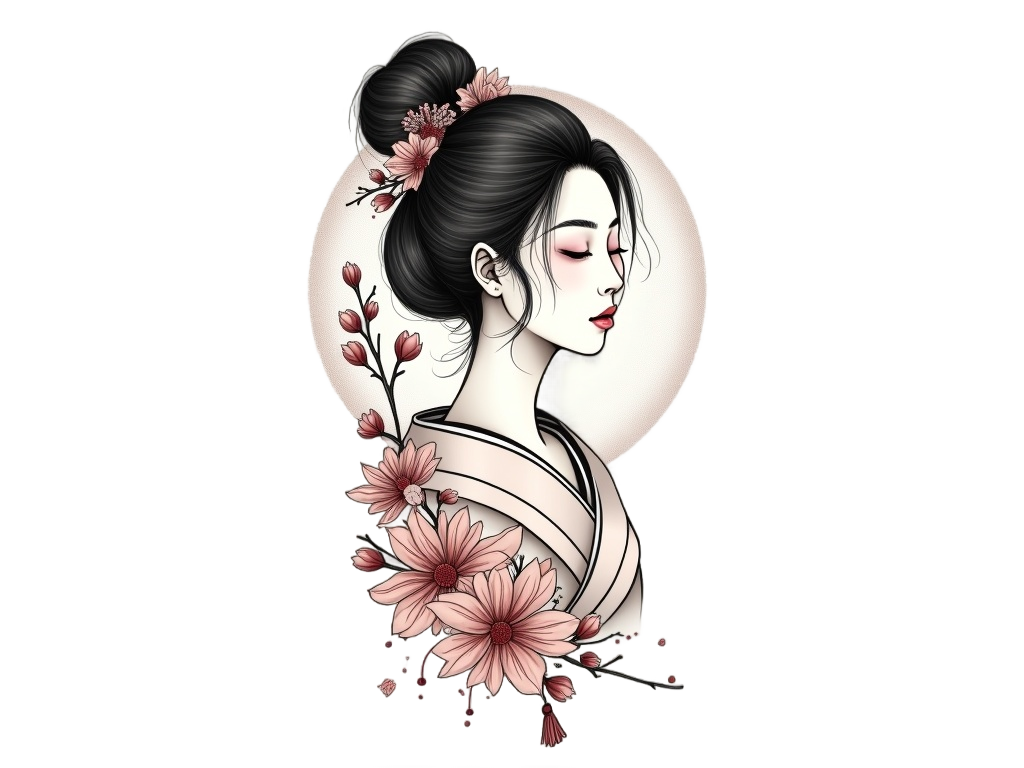Traditional japanese Tattoo Ideas for Women
Meaning of Traditional japanese Tattoo for Women Tattoos
- Traditional Japanese tattoos, known as Irezumi, are rich in symbolism and often depict elements from nature, mythology, and folklore.
- For women, these tattoos can represent strength, beauty, and femininity, often incorporating motifs like cherry blossoms, koi fish, and geishas.
- Cherry blossoms symbolize the fleeting nature of life and beauty, reflecting the Japanese appreciation for the transient.
- Koi fish are emblematic of perseverance and courage, often chosen by women to signify overcoming adversity.
- Geisha tattoos can represent grace, elegance, and the mastery of art, embodying the traditional feminine ideal in Japanese culture.
- Historically, Irezumi was associated with spirituality and protection, often used by warriors and laborers for strength and safety.
- The traditional Japanese tattoo style is characterized by bold lines, vibrant colors, and large, intricate designs that often cover significant portions of the body.
- Placement of these tattoos can vary, but common areas include the back, arms, and legs, allowing for expansive and detailed artwork.
- While traditionally more common among men, women have increasingly embraced Irezumi as a form of personal expression and empowerment.
- The cultural significance of these tattoos extends beyond aesthetics, often serving as a connection to Japanese heritage and identity.
80 Tattoo Ideas
One App to Store All Your Tattoo Ideas
Store your tattoo ideas in one place and Virtual Try-On them on your body!

See Your Design On Your Body
With the virtual try-on feature, you can realistically see how any design looks on your body. Save screenshot and share with your tattoo artist!



Cultural Considerations and Taboos for Traditional japanese Tattoo for Women Tattoos
While traditional Japanese tattoos are admired for their beauty and artistry, they can also be associated with cultural sensitivities. In Japan, tattoos have historically been linked to the Yakuza, the Japanese organized crime syndicates, which has led to a stigma around tattoos in general. As a result, many public places in Japan, such as hot springs and gyms, may prohibit individuals with visible tattoos. It's important to approach traditional Japanese tattoos with respect for their cultural significance and to be aware of these sensitivities, especially when traveling to Japan.
Popular Tattoo Styles and Variations for Traditional japanese Tattoo for Women Tattoos
Traditional Japanese tattoos are characterized by their bold lines, vibrant colors, and large, intricate designs that often cover significant portions of the body. They are typically done in a style called 'tebori,' which is a hand-poked technique, although modern artists may use machines. Variations of traditional Japanese tattoos can include full-body suits, sleeves, or smaller, more discreet designs. Some popular styles include the 'sumi' (black ink) style, which focuses on shading and depth, and the 'iro' (color) style, which emphasizes the use of vivid colors.
Historical Origins and Evolution of Traditional japanese Tattoo for Women Tattoos
The history of traditional Japanese tattoos dates back to the Jomon period (10,000 BCE to 300 BCE), where tattoos were used for spiritual and decorative purposes. During the Edo period (1603-1868), tattoos became more popular among the working class and were used to depict stories from folklore and mythology. This era saw the rise of the 'ukiyo-e' woodblock prints, which heavily influenced tattoo designs. Despite their historical significance, tattoos were banned in Japan during the Meiji period (1868-1912) as the country sought to modernize and distance itself from practices seen as 'primitive.' This ban was lifted after World War II, but the stigma remains.



